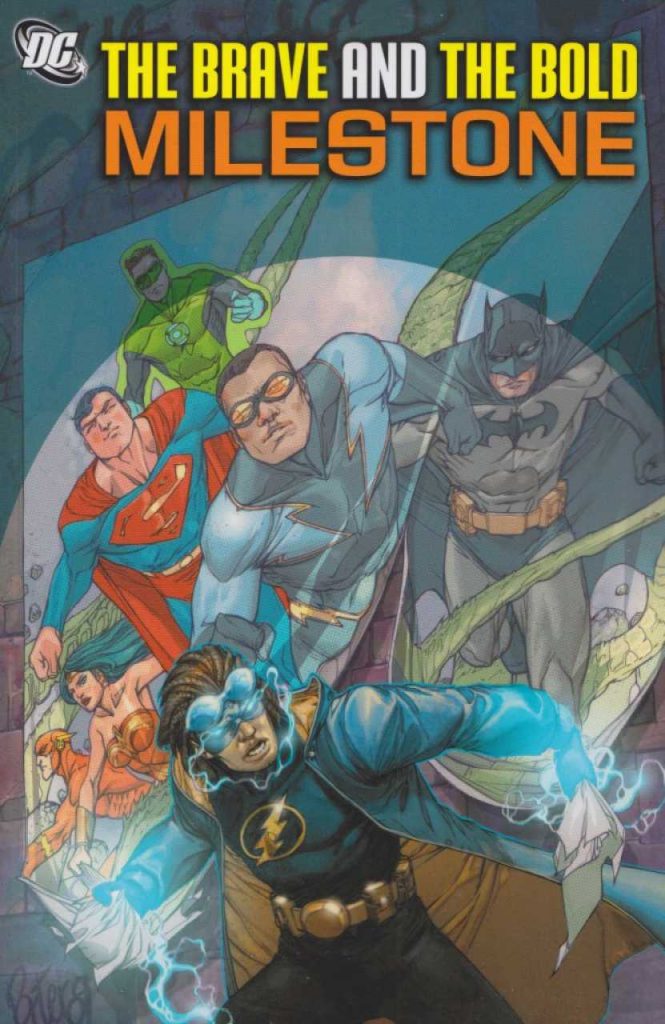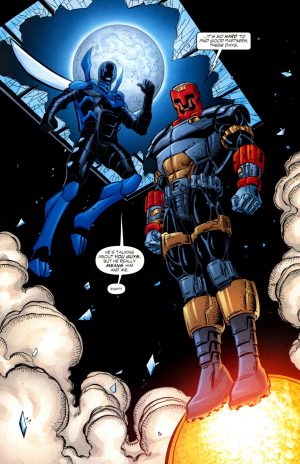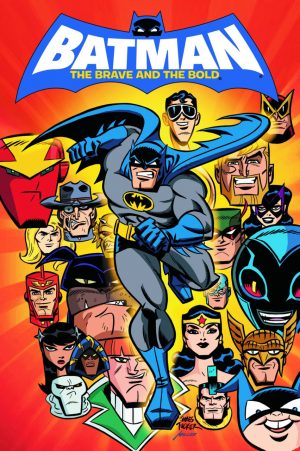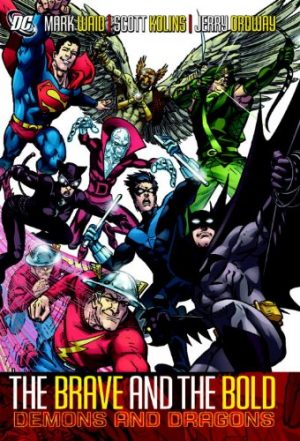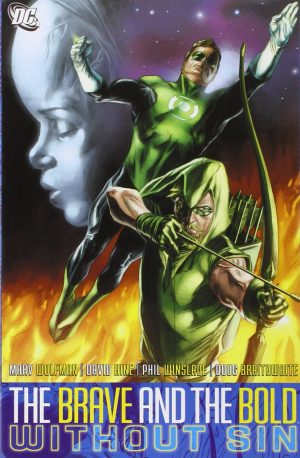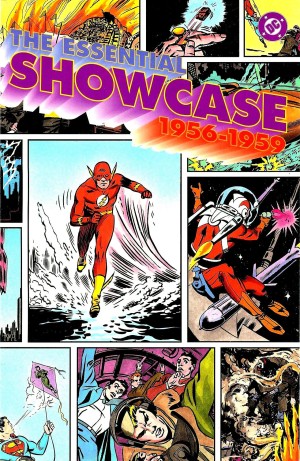Review by Ian Keogh
Although distributed by DC and bearing a DC logo, in the 1990s Milestone was a separate company under separate control whose characters didn’t mix with their DC counterparts. DC eventually bought Milestone out, but this collection of team-ups is one of the few uses made of the characters since. Three Milestone characters team individually with three DC characters, and the book also features separate adventures of the Milestone cast reprinted from the 1990s.
Milestone’s unique selling point was much needed in the 1990s. The vast majority of their characters were African American, and the characters they’re teamed with all fall outside DC’s still mainly white Anglo-Saxon line-up. The objective is fine, but the results are largely less than sparkling. Matt Wayne and Howard Porter’s teaming of Black Lightning with Static is little more than an extended fight sequence, with character moments minimal. The only interesting element is that Black Lightning is guilty as charged.
Adam Beechen and Roger Robinson are responsible for Blue Beetle and Hardware, both of them a form of technically advanced armoured warriors. Beechen tells the story via Blue Beetle’s text heavy narration, but is more imaginative with his plot, this despite the ending having almost no consequence divorced from the time it was originally printed. Robinson’s art (sample page) veers between a few really powerful images and a lot of pages that come nowhere near matching them.
The Spectre, God’s vengeance given form, is hosted by former Gotham Central detective Crispus Allen at this stage of his convoluted continuity, while Xombi’s undead status was bestowed by the nanites that saved his life, but at the cost of devouring some of him. Their joint concern is a vicious serial killer who’s passed on, but is still able to indulge his desires by preying on the undead. The sheer strangeness of both characters results in the best 21st century story in the book. John Rozum locks off the obvious solutions, and Scott Hampton’s art really stands out, which makes it a shame that the ending is rather a cop-out. Still, getting there is worthwhile.
Rozum’s solo Xombi story is also good, as David Kim attempts to use the technology that’s prolonged his life to restore the life of another. It’s a heartbreaker, and while J. J. Birch’s technique of artistic repetition doesn’t always work, the page layouts are imaginative and interesting.
The Hardware story by Dwayne McDuffie and Denys Cowan sees him building a new suit of armour more in keeping with his original concept, now having a laboratory at his disposal rather than salvage. Cowan’s art is good overall, but very fussy with inordinately complex designs for any technology. He must love drawing it, as most artists would be cursing and militating for a new streamlined costume. Without Icon being used elsewhere in the book, or named here, his appearance may be puzzling in what’s otherwise a standard superhero run through.
Static is written by a Kurt Busiek on the cusp of his breakthrough work Marvels. He provides a good primer on Static’s capabilities over the opening pages, and nails his motormouth character in a plot that has its tragic elements. They’re not as strong as they might be, however, due to the basic page layouts of Neil Vokes, which aren’t helped by unsympathetic colouring. Almost every panel is vivid clutter, and working out the choreography from it is difficult.
Overall, with the exception of the Spectre and Xombi teaming, the work from the 1990s outshines that from 2009, and that speaks poorly in an anthology.
